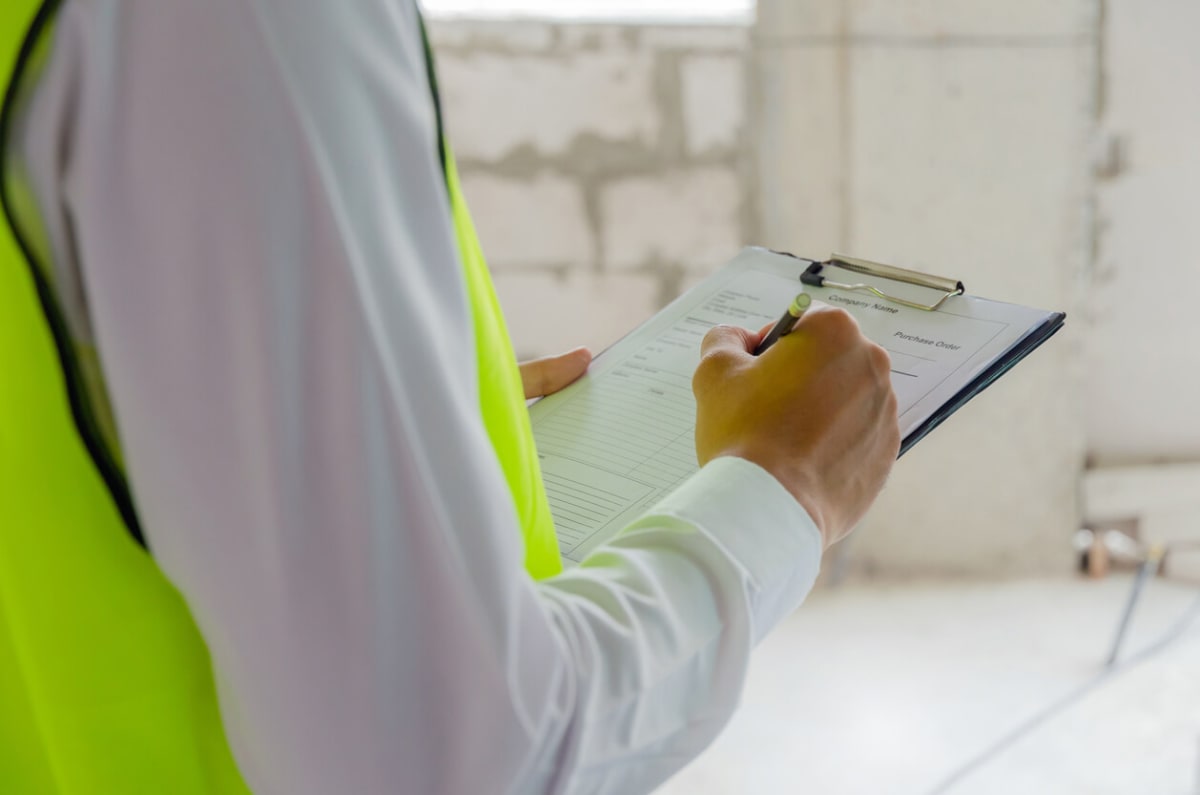Preventative HVAC Maintenance Checklist

It goes without saying, buying a home comes with a lot of responsibilities. Apart from ensuring you pay your mortgage on time, you need to also oversee the functions of your home and ensure everything is working as it should.
For instance, you might not be familiar with HVAC maintenance, but they are required to keep your home running right. Similarly, if you are a landlord, expect that you will need the services of commercial AC repair experts now and then.
In a nutshell, the HVAC (heating, ventilation, and air conditioning) system works by ensuring you have a comfortable temperature at home. It also helps warrant energy efficiency is achieved and optimal air quality is maintained.
Regardless if you are a homeowner, landlord, or tenant, most of the HVAC maintenance you will undertake is preventative in nature. In other words, you will do work that’s designed to avoid future problems from occurring.
Several things can go wrong with your HVAC system, including corrosion, leaks, and problems distributing cold or hot air. Other issues can include dirty coils and clogged filters. Routine maintenance can ensure you can attend to issues before they require costly repair or replacement.
One of the best ways to maintain your HVAC system is to follow a set maintenance plan yearly. If you are still finding your way around HVAC maintenance, this straightforward guide should provide all the basics you need to know.
Most Common HVAC Problems
When it comes to maintaining your system, you’ll want to ensure you avoid common HVAC mistakes. Below are three of the most common issues you are likely to encounter:
Leaks
HVAC drain lines and connectors can develop leaks over time. The leaks can force your system to work harder than usual. Left unattended, you might need to replace one or more of your system’s components. It is recommended that you keep an eye out for leaks in the refrigerant lines, heat exchanger, and AC condensate.
Debris and Dirt
HVAC system components like electric panels, filters, and everything else in between should be free from debris and dirt. Otherwise, your HVAC system can become inefficient. In addition, dirty air filters can also pump allergens and dust into your home. It can also affect the air quality and potentially clog your system.
Corrosion
When wiring and moisture are combined, corrosion can occur. Corrosion can cause your cooling or heating system to turn on and off on its own. Similar to leaks, corrosion can force your system to work harder than it should.
Preventative HVAC Maintenance Checklist
As a general rule of thumb, your landlord inspection checklist should include preventative care for your HVAC system.
HVAC maintenance checks should be done twice yearly—in spring and fall. If you have a separate system for cooling, it would be ideal to have an expert check the system during spring. Fall is considered the best time to have your furnace checked.
Your HVAC routine maintenance plan will depend on several key factors, including:
- Age of your HVAC system
- Condition of your HVAC system
- Size of your HVAC system
- Brand of the HVAC system
- Frequency of usage
- Where you live
Spring/Summer Maintenance Checklist
Below is your basic spring/summer maintenance checklist:
- Have all the filters replaced
- Clean the condensers and evaporator coils
- Check refrigerant charge for any leaks
- Check the HVAC cabinet for possible leaks
- Ensure all moving parts are lubricated
- Ensure the HVAC cabinet door is secure
- If the unit is placed outdoors, ensure any debris around the unit is removed
- Check thermostats and controls and ensure they are set correctly
- Change batteries when needed
- Check the electrical system and all the connections
- Clean the drain lines and any clogs to ensure proper flow
- Replace any worn belts and pulleys
- Inspect all ducts for debris, mold, and dust
- Remove standing water from the drain pans to prevent overflows
- Ensure the fan motor is operating as it should
- Inspect the blades and blowers to ensure proper airflow
Fall/Winter Maintenance Checklist
Your fall/winter maintenance checklist should include the following essentials:
- Have all the moving parts like motors and bearings lubricated
- If you have a gas furnace, have a technician check for gas leaks
- Check controls and thermostats and make sure the temperature is set right
- Check the heat pump
- Check the flue system and ensure it is attached to the furnace securely
- Check for gas pressure
- Replace frayed pulleys and belts
- Remove standing water from pans and drain lines
- Replace the filters (at least every 30 to 90 days)
- Have the ignition burner assembly checked
- Inspect the heat exchanger or heating elements
- Check electrical connections and wirings
Final Thoughts
Ideally, complete HVAC maintenance tune-ups should be carried out before the coming heating or cooling season starts. This can help guarantee the system is ready to go when the first chilly or hot day arrives. In addition to annual preventative maintenance, make sure you also carry out periodic checks between service visits to warrant your HVAC system works efficiently the whole year-round.
About the Author
Sara Olsen is the Content Marketing Manager of Emergency Air, Arizona’s premier HVAC repair and service company with NATE-certified technicians and the best HVAC service in the quickest time. When not writing articles, she makes the most of her time with her family and gives back to the community.
